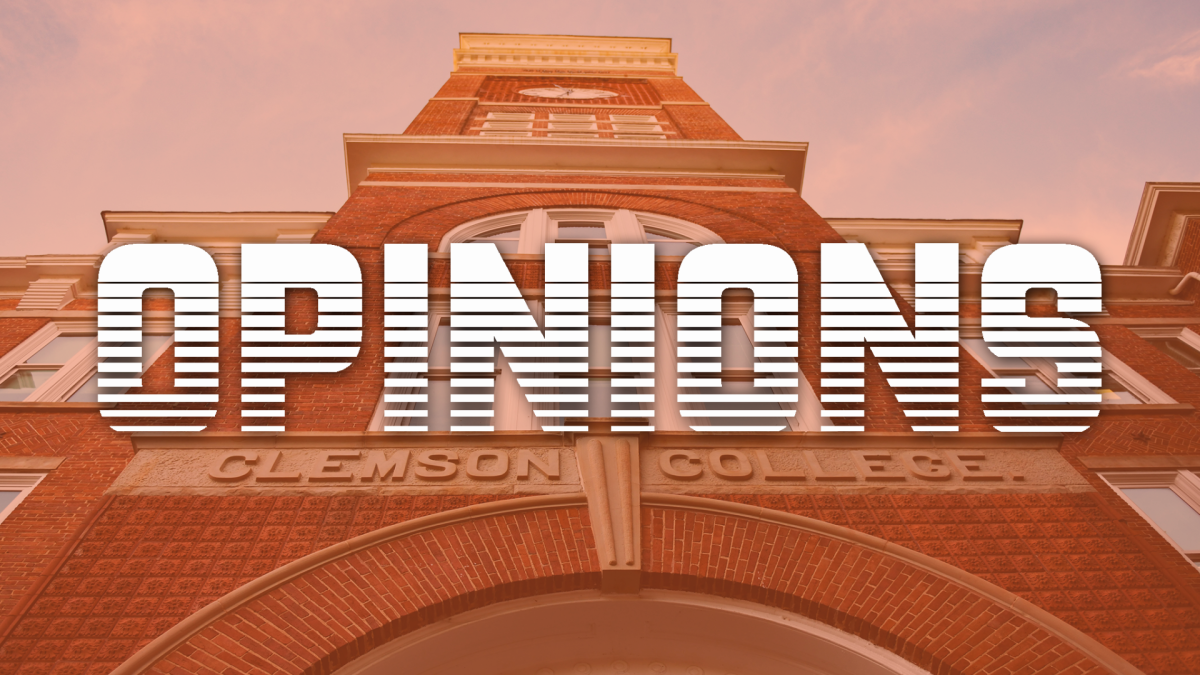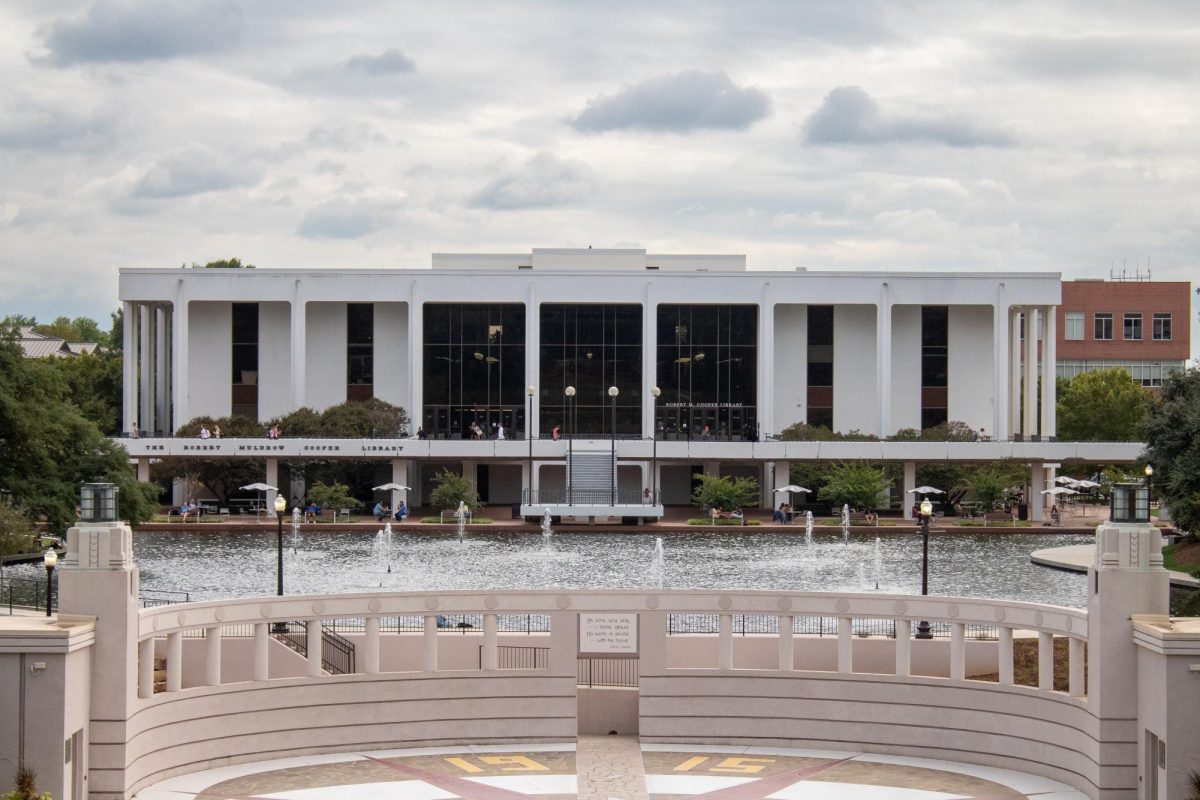Just adding to the strange, unpredictable pileup of incidents that have been 2020, Elon Musk’s Neuralink demo on August 28th promised that the man behind Tesla, SpaceX and the Boring Company has cured blindness, deafness, paralysis, memory and stroke on his to-do list.
Following this technology, Musk plans for improvements to allow the user access to new features, like BCI (brain-computer interface,) streaming music and recording thoughts via at-home training. Interestingly enough, many psychologists, neuroscientists and popular tech journals batted away these claims, calling it wildly ambitious, unsubstantiated, unethical and in many of its claims, impossible.
John Krakauer, a professor of neurology at Johns Hopkins University and chief scientific officer at MindMaze, spoke with Inverse about struggles of a device at the futuristic scale planned.
Krakauer asks, “If we want this device to read thoughts rather than movements, where do we put it?” “How do we avoid having one’s scalp studded with them?”
Tristan Greene, a reporter for TheNextWeb, calls out Musk for his unmet claims of the past and overoptimism.
Greene said, “Elon Musk preys on the hopeful and optimistic.” “The problem is that medical science isn’t held back by a lack of dreams and ambition. The science world wasn’t at a standstill waiting for someone plucky with some money to come along and show the rest of the idiots how fire works.”
Musk’s reasoning for such an accelerated pace into building the device is to start a symbiotic relationship between computers and humans. He believes that this relationship could be the key to keeping humanity from lagging behind to the artificial intelligence (AI), which he believes could make us obsolete.
“I don’t like the idea of being a house cat,” he said at The Code Conference back in 2016.
For those of us who expect this technology to be as readily accessible as an iPhone post-announcement, it may be a while. Projections push the planned symbiotic system for around five years at the earliest, but possibly more than ten. However, for those of us looking to this device as a breakthrough cure for certain physical disabilities, human trials are set to start before the end of this year.
While these statistics and last week’s demonstration promise at least a kick-off, there are still numbers of hurdles to hop before progress is made. Neuralink still has to push Musk’s constant, astronomical projections in nearly all of his pursuits make many doubtful and keep the tech sidelined and working in the dark for now. It’s an amazing thought to cure hundreds of physical ailments tied to the brain, stream tunes through your frontal lobe and create telepathy-like communication, but these are still as intangible as they were before the conference.
Hopefully before AI wipes out humankind —another vague, absent issue— we’ll be prepared to combat them via a network of global synchronous communication, human relationships and culture. As this year has taught all of us, there really is no telling what the future holds.









